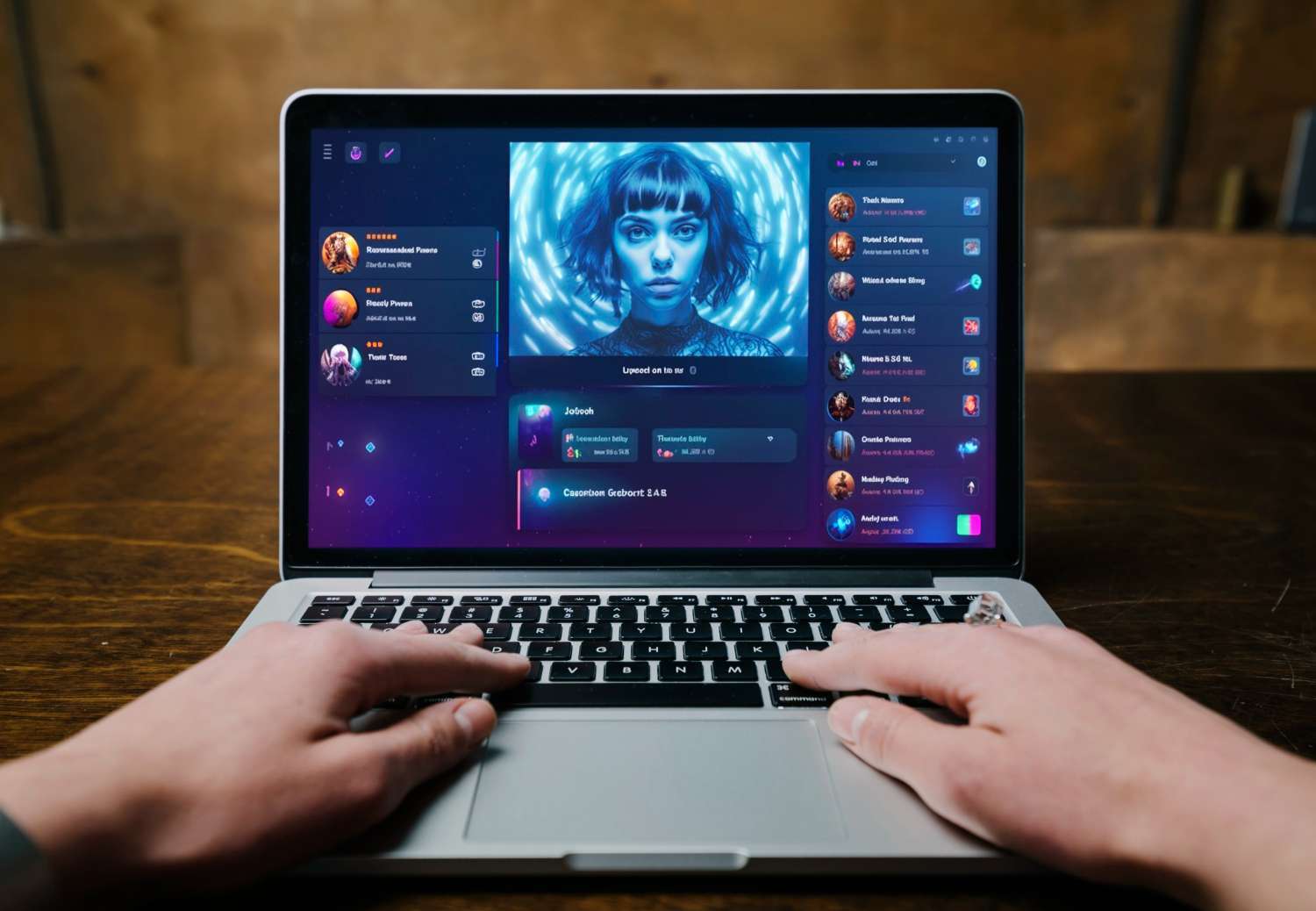The AI text-to-image generator uses a type of deep learning technology known as Generative Adversarial Networks (GANs). In simple terms, these networks consist of two sub-models that work together, one creating new data instances while the other evaluates them for authenticity. This technology enables the AI to generate unique, visually appealing images based on text input.
How do Generative Adversarial Networks (GANs) work?
Generative Adversarial Networks can be visualized as a contest between two models. The generator’s goal is to create realistic images, tricking the discriminator. The more it succeeds, the better it becomes at generating convincing content.
On the other hand, the discriminator’s job is to differentiate between the real and the artificially generated images. The more it gets tricked by the generator, the better it becomes at detecting the discrepancies. This continuous competition leads to the improvement of both models, thereby enhancing the output quality over time.
Why use GANs in an AI text-to-image generator?
GANs are particularly suitable for text-to-image generation tasks because of their ability to generate novel data. As they can learn from underlying patterns in the training data, they can extrapolate these patterns to produce new, unique images.
In addition, the discriminator in a GAN provides a form of quality control. It evaluates all images for authenticity, which helps ensure the generated images are not just unique but also realistic and relevant to the original text input.
Practical applications of AI text-to-image generators
Text-to-image generators have a broad range of applications, from producing unique content for social media marketing to creating visual aids for textual content. For instance, instead of searching through stock images, content creators can generate customized images specific to their text, saving time and resources.
Graphics designers can use them to generate initial drafts or concepts based on client specifications, which can be refined later. Moreover, this technology can also open new possibilities in fields like video game design and virtual reality by automating content generation.
For a detailed view on the topic, visit this article titled “AI Text-to-Image Generator: Integrating Deep Learning Technology”.
- The Agentic Startup Manifesto - June 8, 2025
- Remote Hiring in 2025 - April 5, 2025
- Burnout in Remote Teams: How It’s Draining Your Profits - January 27, 2025
